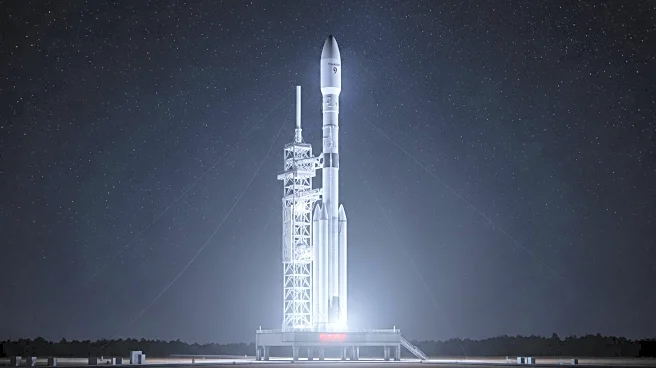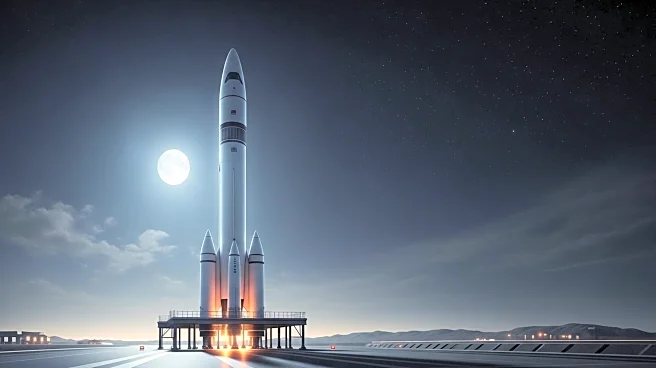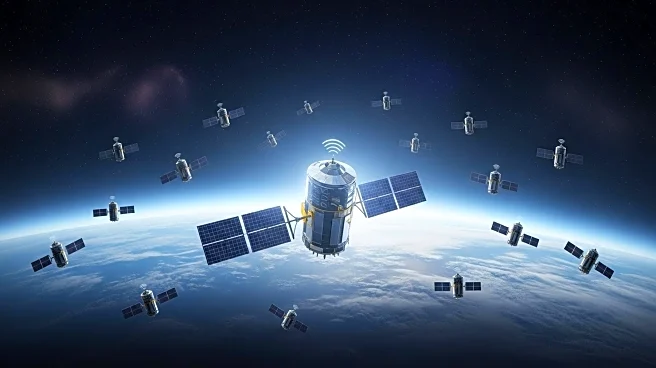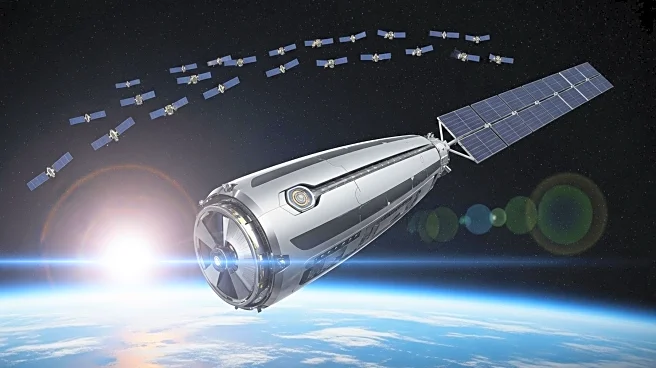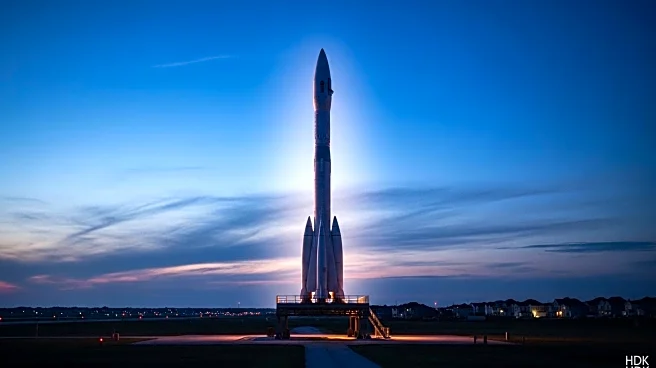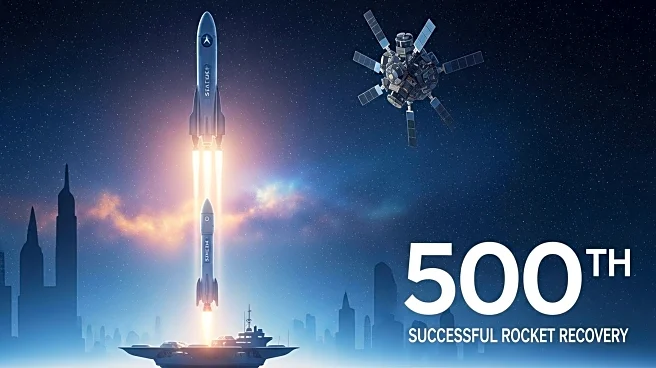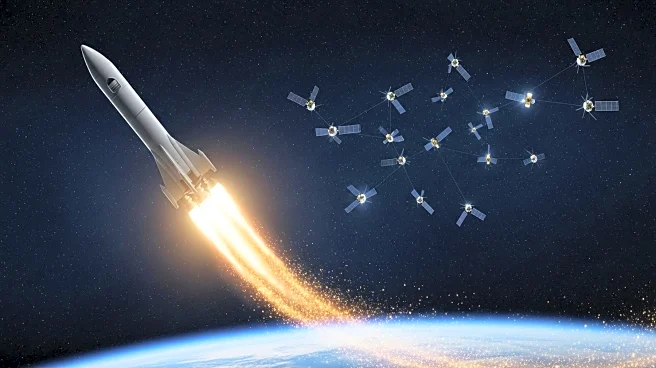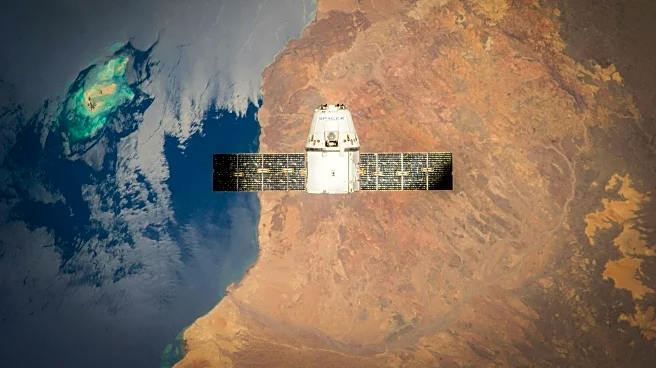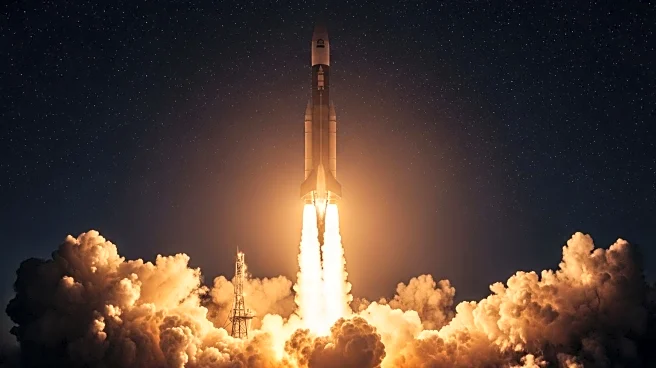What's Happening?
The Federal Aviation Administration (FAA) has approved a significant increase in Falcon 9 launches from Space Launch Complex 40 at Cape Canaveral Space Force Station, raising the annual limit from 50 to 120 launches. This decision follows an environmental assessment that concluded no need for a more rigorous impact study, although measures to mitigate environmental effects were included. Concurrently, the FAA is gathering public input on proposals for Starship launches from Kennedy Space Center's Launch Complex 39A, with concerns raised about noise, vibration, and potential damage to nearby communities. The FAA's decision comes as SpaceX transitions from Falcon 9 to Starship, with plans for 44 Starship launches annually.
Why It's Important?
The FAA's decision to increase Falcon 9 launches is crucial for SpaceX's operational capacity, allowing the company to maintain its launch schedule while transitioning to the Starship vehicle. The environmental concerns surrounding Starship launches highlight the potential impact on local communities and ecosystems, with noise and vibration posing risks to structures and residents. The decision also affects commercial aviation, with potential flight delays due to airspace closures. The outcome of these assessments will influence SpaceX's future launch operations and the balance between technological advancement and environmental stewardship.
What's Next?
SpaceX will continue to develop infrastructure for Starship launches at Kennedy Space Center, while the FAA and Space Force conduct further environmental reviews. Public hearings and stakeholder consultations will shape the final decision on Starship launch approvals. The transition to Starship may lead to operational disruptions at Cape Canaveral, affecting other launch providers. The FAA's mitigation strategies will be crucial in addressing community concerns and ensuring sustainable launch practices.
Beyond the Headlines
The shift to Starship represents a significant technological leap for SpaceX, with implications for the future of space exploration and commercial spaceflight. The environmental assessments underscore the need for responsible innovation, balancing technological progress with ecological preservation. The public's response to these developments may influence regulatory approaches to space activities, setting precedents for future launch operations.
